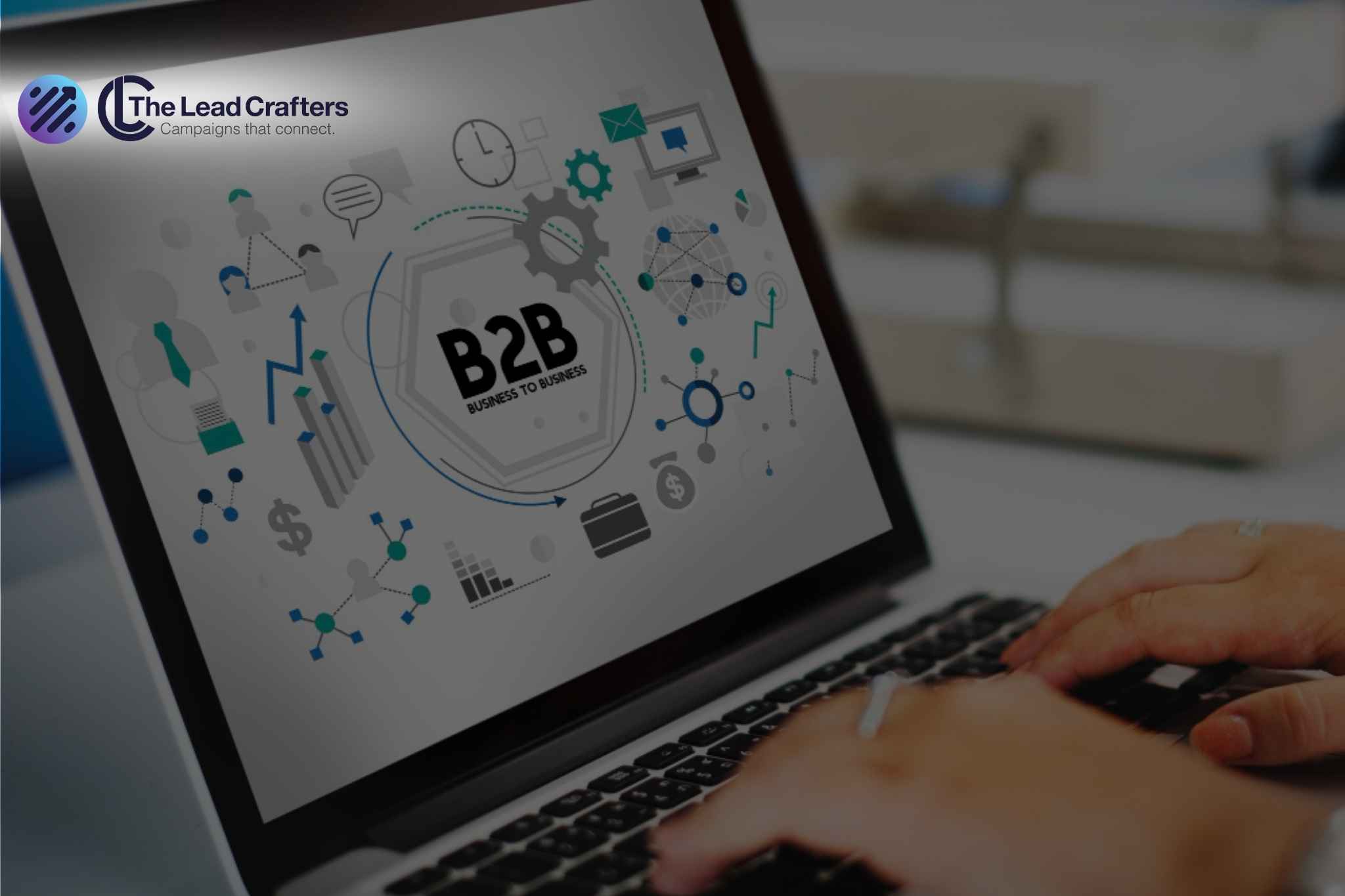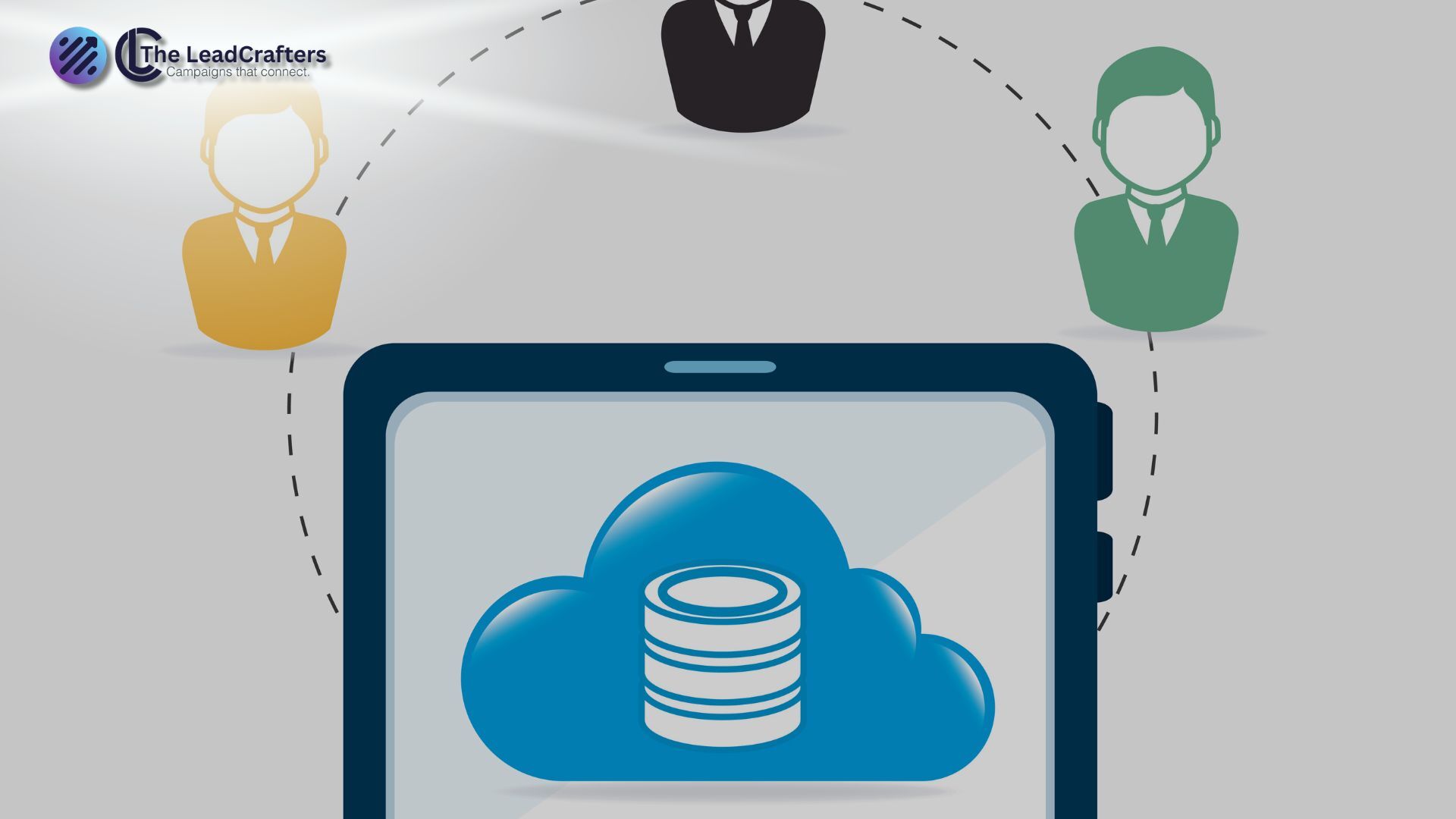In today’s data-driven B2B landscape, the quality of your database directly influences your sales efficiency, marketing ROI, and revenue outcomes. Yet, as businesses grow and accumulate more data, keeping that information clean, accurate, and up-to-date becomes increasingly challenging.
This is where automated B2B data cleansing tools come into play.
In this article, we’ll walk you through:
- What B2B data cleansing is
- Why automation matters
- Key benefits of automating your data hygiene process
- Features to look for in a data cleansing tool
- Top tools for automating B2B data cleansing
- How to implement automation in your workflow
Let’s dive in.
What Is B2B Data Cleansing?
B2B data cleansing refers to the process of identifying and correcting inaccurate, outdated, incomplete, or duplicate records in your business database. This includes:
- Removing duplicate contacts
- Correcting misspelled names or invalid email addresses
- Updating job titles, company names, or phone numbers
- Standardizing formats (e.g., phone numbers, addresses)
- Removing inactive or bounced leads
Manual data cleansing is time-consuming and prone to human error. As your contact list grows, automation becomes essential to maintain data integrity at scale.
Why B2B Companies Struggle with Data Quality
According to Experian’s Global Data Management Report, over 91% of businesses suffer from common data quality issues. For B2B companies, the main causes include:
- Rapid organizational changes (e.g., job switches, company mergers)
- Multiple data sources (marketing, CRM, email campaigns, forms)
- Lack of standardized input fields
- No regular data hygiene practices
The result? Wasted time, misaligned marketing, poor personalization, and lost revenue.
Why Automating Data Cleansing Is a Game Changer
1. Saves Time and Resources
Manual cleaning of thousands of contacts takes hours, if not days. Automated tools can scan, flag, and fix issues in minutes—freeing your team to focus on strategy.
2. Improves Campaign Performance
Clean data means higher email deliverability, better segmentation, and more personalized messaging—all crucial for B2B lead generation and nurturing.
3. Boosts CRM Accuracy
Sales teams rely on up-to-date CRM records. Automation ensures reps aren’t calling outdated leads or working with wrong contact details.
4. Supports Compliance
Automated tools can flag invalid or non-consented records, helping your business stay compliant with GDPR and other data privacy regulations.
Key Features to Look for in B2B Data Cleansing Tools
When choosing a data cleansing tool, prioritize features that align with your business goals. Here are the must-haves:
- Duplicate Detection and Merging
- Real-Time Email Validation
- Standardization and Formatting
- Job Title and Company Enrichment
- CRM and Marketing Platform Integration
- Audit Logs and Reporting
- Automation Rules and Scheduling
Top Tools to Automate B2B Data Cleansing
Here are some of the most effective tools B2B marketers and sales teams use to automate data hygiene:
1. ZoomInfo OperationsOS (formerly RingLead)
A robust tool offering deduplication, normalization, enrichment, and routing. Works well with Salesforce and HubSpot.
Best for: Large-scale B2B organizations looking for deep integrations.
2. DemandTools by Validity
Allows automated deduplication, standardization, and data validation directly inside Salesforce.
Best for: Salesforce-heavy teams with complex workflows.
3. Openprise
An end-to-end data orchestration platform that automates cleansing, enrichment, and lead routing.
Best for: B2B companies with sophisticated RevOps strategies.
4. Insycle
User-friendly and affordable, Insycle helps with data cleanup, deduplication, and enrichment across CRMs like HubSpot, Salesforce, and Intercom.
Best for: Mid-sized B2B teams.
5. Melissa Data
Provides data validation and enrichment solutions including address, email, and phone verification.
Best for: Companies focused on contact data accuracy and global verification.
How to Implement Automated B2B Data Cleansing
Implementing automation isn’t just about choosing a tool—it requires a strategy. Here’s how to do it effectively:
Step 1: Audit Your Current Data
Identify where your dirty data comes from: web forms, integrations, manual entry, third-party imports, etc.
Step 2: Define Data Quality Standards
Set up rules for:
- Field formats (e.g., capitalization, country codes)
- Valid ranges (e.g., phone number length)
- Required fields (e.g., email, company name)
Step 3: Choose the Right Tool
Pick a tool that integrates with your current CRM and allows rule-based automation. Prioritize flexibility and user control.
Step 4: Configure Automation Rules
Examples:
- Merge duplicate records weekly
- Flag invalid emails daily
- Standardize job titles monthly
Step 5: Test on a Subset
Before running automation across your database, test on a segment to ensure accuracy and avoid accidental data loss.
Step 6: Schedule Regular Cleansing Jobs
Set routines—weekly, monthly, or after every import—to maintain hygiene without manual intervention.
Step 7: Monitor and Optimize
Use the tool’s reporting dashboard to track issues, flag recurring problems, and refine automation rules over time.
Real-World Use Case
Client: B2B SaaS Company (5000+ contacts)
Challenge: Poor email campaign performance due to bad data
Solution: Implemented Insycle for real-time deduplication, email validation, and job title enrichment
Result:
- Email bounce rate dropped by 28%
- Sales team reported 35% more connect calls
- Database health score increased from 61% to 93% in 2 months
The Role of Data Hygiene in Demand Generation
Clean data doesn’t just impact marketing operations—it’s foundational to successful B2B demand generation.
With automated cleansing:
- Segmentation becomes sharper
- Lead scoring becomes more accurate
- Nurture sequences trigger at the right time
- Sales teams follow up on high-intent leads, not dead contacts
To explore how this ties into a broader demand gen strategy, check out our post on Paid Media Strategies for Scaling Demand Generation.
Final Thoughts
In an era where personalization, speed, and accuracy are critical for B2B success, automated data cleansing is not a luxury—it’s a necessity.
The right tool can turn a cluttered CRM into a revenue-driving engine. Whether you’re dealing with stale contacts, duplicates, or invalid emails, investing in automation will save you time, money, and missed opportunities.
If you’re looking to upgrade your lead quality and streamline your B2B demand generation workflows, our team at The LeadCrafters can help implement the right data solutions tailored to your stack.



